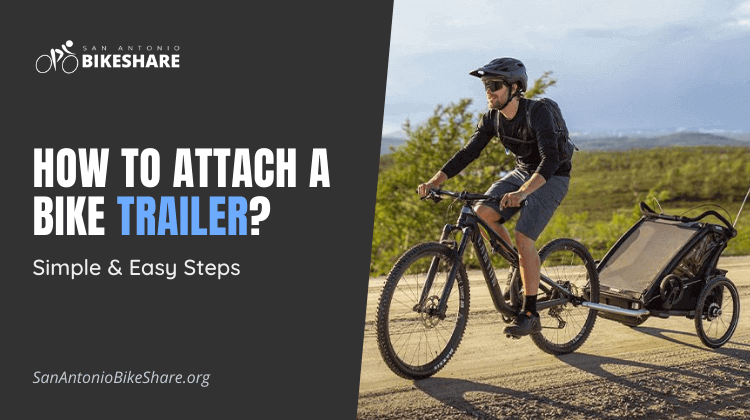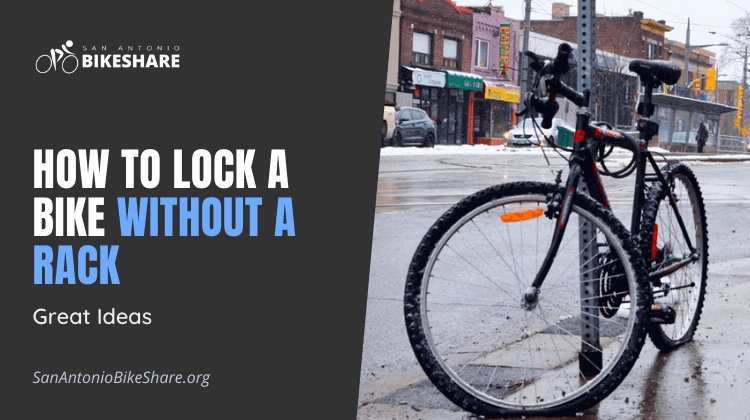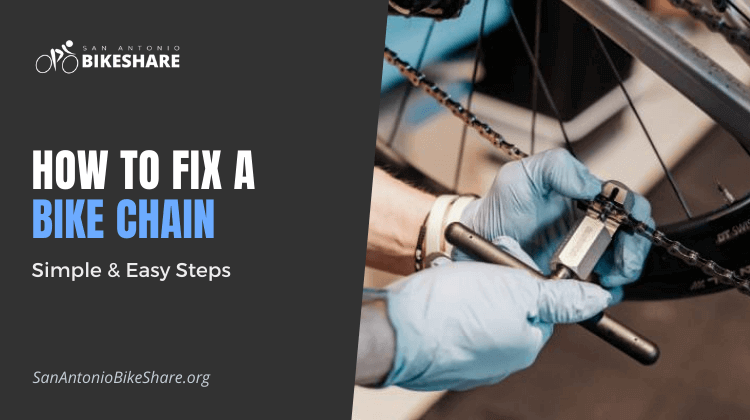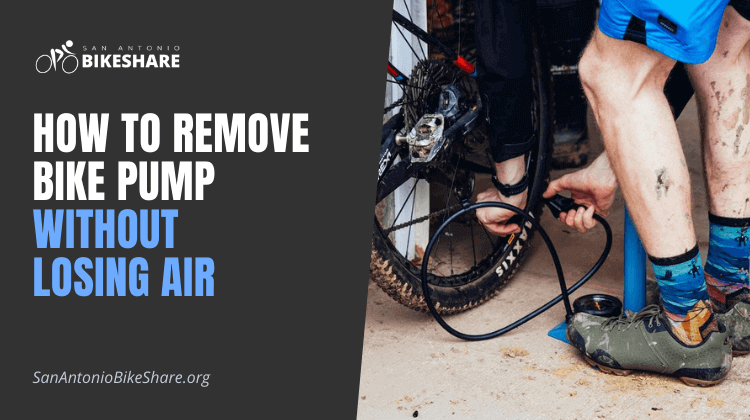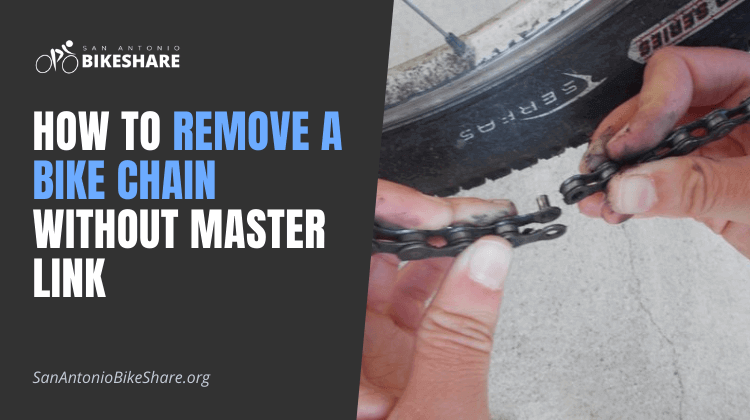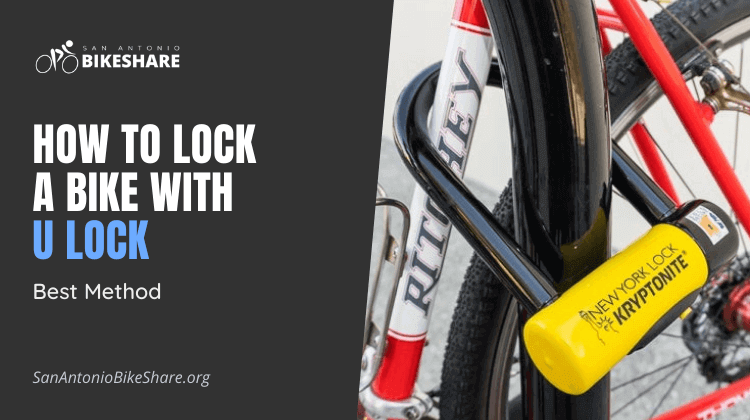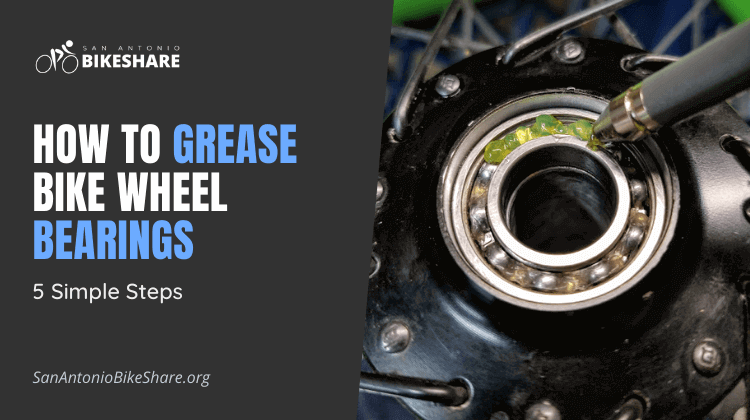How to Attach A Bike Trailer? Simple & Easy Steps
How to attach a bike trailer? If you enjoy riding your bike wherever you can, you could grow frustrated if you can’t haul or carry all you need. A bike trailer could be an excellent solution to this problem! Continue reading to learn how to attach a trailer to your bike.
In the same way that a car trailer attaches to the back of your vehicle, so does a bike trailer. It has wheels, and while riding, you pull it behind you. Bike trailers are also widely used to transport children and pets.
However, attaching a bike trailer isn’t as difficult as you think.
How to attach a Bike Trailer?
Below are a few simple and easy steps to attach a bike trailer.
Step 1: Buy the Right Trailer
To make the job a little easier, you should get the right type of trailer for your bike. While any trailer may potentially be linked to any bike, it’s considerably easier if you pick one that matches your bike’s axle type.
Examine your bike to see if it has a quick release or a thru-axle. Most bikes have quick-release axles, which are the easiest to attach to a trailer. Thru-axles are threaded into the bike’s frame, have a wider diameter, and run through the wheel’s hub directly.
If you have a bike with a thru-axle, make sure the trailer you buy is compatible with that model. If you have a quick-release bike, you won’t have to worry because practically every trailer is already compatible with them. Alternatively, a thru-axle adaptor can be purchased.
It also makes no difference what type of bike you have (road, mountain, e-bike, or other), so don’t worry!
Make sure you’re aware of your bike’s dimensions and that your trailer will fit.
Step 2: Get Ready
Even while attaching your trailer won’t take long, you should still attach sure you have all of the necessary equipment before you begin. A wrench, as well as a screwdriver and possibly gloves, will be required (to prevent your hands from getting dirty).
It also helps if you have someone to assist you in maintaining control of the bike while you work.
The trailer must be connected to the vehicle in the third phase.
Step 3: Trailer Attachment
Before you can attach your trailer, you’ll need to loosen (but not remove) the rear tire with your wrench. By removing the nut that holds the axle in place, you can remove it from the tire.
Next, slide the axle through the trailer’s receiver (check the owner’s manual if you’re having trouble identifying it).
Reattach the axle and tire after that. You’ll do the same thing you did previously, but this time in reverse. Make sure the nut is tightened all the way.
Now that you’ve linked the receiver to the bike, it’s time to attach it to the trailer. Because mounting the receiver while the trailer is hitched is difficult, it’s easier to do this after the fact. The trailer hitch should easily and securely fit into the receiver. A pin and clip are used to secure the majority of them.
Last but not least, the safety strap must be fastened. Before clipping or snapping onto the trailer’s arm, it should wrap around the bike frame. The safety strap is meant to help in the unlikely event that your hitch fails. It prevents your trailer from flying off the road or into traffic.
Step 4: Take It for A Test Drive
It’s vital to test everything before riding with anything in your trailer. To look for problems, we recommend traveling for roughly a mile with an empty trailer the first time. Do so in a quiet area with little to no traffic. Work your way up to the fastest speed you’re likely to encounter when transporting real stuff.
If you want to remove and reattach your trailer on a regular basis, we recommend examining it every time you reattach it. To double-check that everything is still in place, just pedal a few blocks.
Other Types of Trailers and Bikes
The assembling process is affected by other types of trailers and bikes. In some circumstances, bike trailers can be mounted to the bike seat. If this is the case, you’ll need to remove the seat and attach the arm or receiver underneath it instead of removing the tire.
On a bike with a thru-axle, measure the diameter of your thru-axle and try to find a trailer that fits. Find a compatible adapter if you can’t find one or if you have your heart set on a model that isn’t compatible. Attach the adapter first, then the trailer with the same methods. An alternative is to use a bike seat trailer.
Finally, some trailers have hooded dropouts that can interfere with the back tire. If this is the case, you’ll need spacers.
Bottom Line
Still wondering how to attach a bike trailer? I assume your issue has been solved now, and you know all the steps involved in attaching a bike trailer. You’re ready to travel with all your belongings in now!

